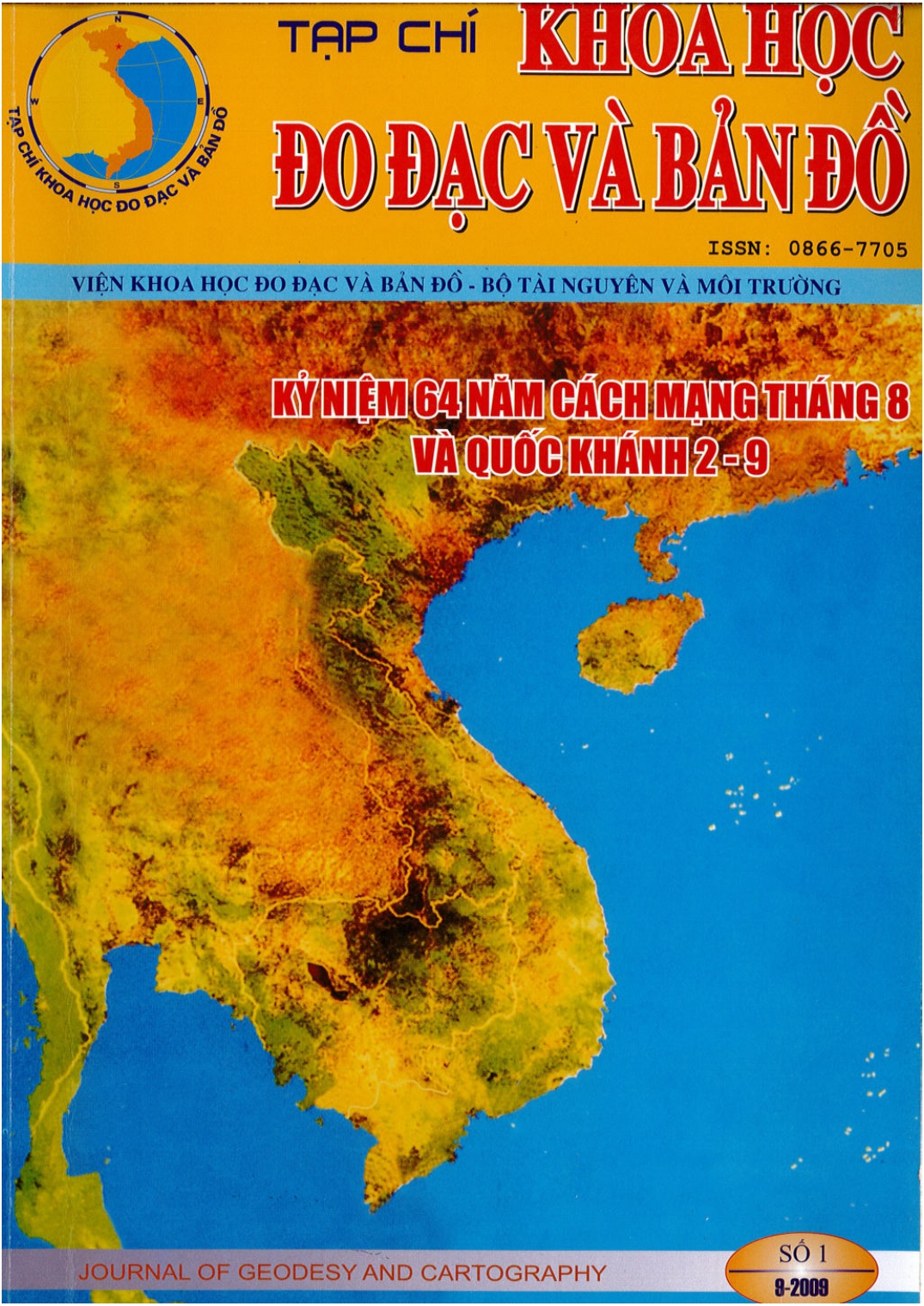Abstract
The paper introduces a new methodology in development of maps derived from MODIS data to support environment and natural resource management. This is one of the research results of the basic research project 7009 06 titled: Trial application of grid computing in environment and natural disaster research in Vietnam. The input data for the research are land cover map analyzed using MODIS 32 day composite released by the University of Maryland, rain fall, SRTM digital elevation model, surface temperature and potential soi erosion of Vietnam. These data are integrated through application of various models based
on landscape ecology relations. The models are logic operations in form of if (land cover type, elevation layer, temperature conditions, rainfall) => derived category. The digitally developed forest map using ecology approach proposed by Thai Van Trung is the first kind established in Vietnam. Even though the map does not provide information on timber volumes as traditionally required but it fully satisfies need from environment managemert point of view. The next derived map is leaf are coverage. This is an attempt to develop country wide leaf area coverage map reflecting overall situation on productivity of various ecosystem in Vietnam. The map was developed based on leaf area density estimated for each land cover category through field work. This observation provided also a possibility t0 develop leaf area density map which is used for another applications for example soil ero- . sion sensitive map. The soil erosion depends on physical environment as slope, soil fypes, rainfall and biological components as vegetation cover. The vegetation cover change according to human land use activity which impact very much on development of variou5 environment disasters like flood, land slide etc. The physical component is quite stable for the given study area but the biological component is changing through time and needed to be monitored periodically. The soil erosion sensitive map was developed using two basl€ iInput data: potential soil erosion and leave area density map. The formula proposed ¡n the paper is an empirical one and needed to be verified by field observation and measur ment

